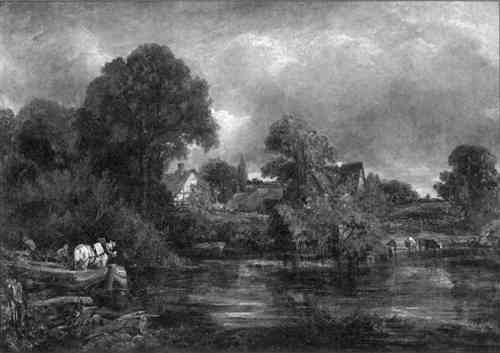INTERPRETING ARTIST'S INTENT IN THE TREATMENT OF JOHN CONSTABLE'S THE WHITE HORSE SKETCHMICHAEL SWICKLIK
1 INTRODUCTIONWhen working with traditional oil paintings, issues of artist's intent rarely are the overriding focus of a conservation treatment. Although such factors as how the artist wanted his painting to look or how it may have appeared when it was finished should always be considered throughout the treatment, it is less common that the conservator needs to consider the painter's precise purpose in producing the work. In painting his landscapes, John Constable (1776–1837) created pictures that ranged from loosely and broadly painted sketches to highly polished and tightly rendered finished paintings, often apparently arbitrarily ending the process at any degree of finish in between. Sometimes he even reworked a painting some years later. Because of these tendencies, it is often difficult to determine whether a work is a less finished exhibition piece or an intentionally roughly worked sketch. Treating Constable's paintings, therefore, often requires a consideration of his objective. The cleaning of a version of The White Horse, 1818–19 (fig. 1, p. 363), in the collection of the National Gallery of Art, Washington, D.C., is a case in point. Treatment was further complicated because the work was painted on top of another painting. This article concentrates on the role of Constable's intentions in creating The White Horse as an impetus and a driving force in its treatment.
|
